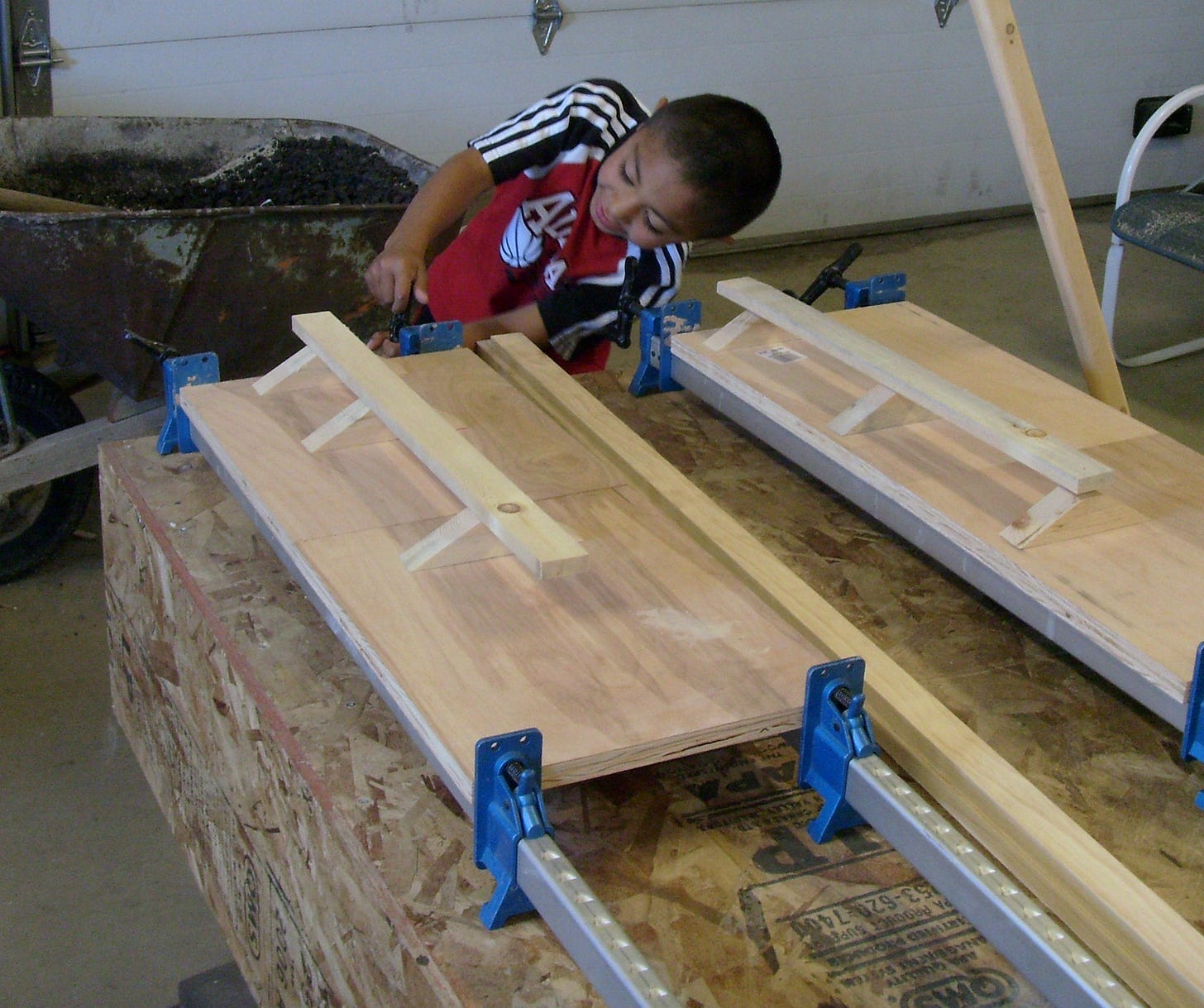Building a Casket: A Meaningful and Personal Project
Casket building is not for everyone. If you're unsure about your skills or the process, it’s okay to take a step back and reconsider. However, for those with the time, willingness, and basic carpentry skills, creating a handmade casket can be an incredibly rewarding experience.
Beyond the craftsmanship, this project has the power to bring people closer together and even shift perspectives. It’s a deeply personal way to honor a loved one, and when combined with photos, life stories, videos, and voice recordings, it can create cherished memories for generations to come.
Speaking from experience, I’ve done all of these things, and now that my parents are no longer here, I am profoundly grateful for the time and effort I put into preserving those moments. These acts are often called the “final acts of love”—because they represent the last, tangible expressions of care we can offer to those we love while they are still with us.
Under the Federal Trade Commission’s (FTC) Funeral Rule (16 CFR Part 453), funeral homes in all 50 states must accept a casket provided by the consumer, whether homemade or purchased from a third party. They cannot require you to buy a casket from them, nor can they charge additional handling fees for using an outside casket.
Key Points from 16 CFR § 453 (The Funeral Rule):
You are not required to purchase a casket from a funeral home.
Funeral homes must accept a casket provided by the consumer, whether it is homemade or purchased from a third party, without charging extra fees.
Funeral homes cannot refuse service based on your decision to provide your own casket.
It is important to ensure the casket will fit into the burial vault if one is being used and that the casket is weight tested.
A burial vault is not required in all cemeteries. However, many cemeteries do require them or at least a grave liner. Here’s what you need to know:
1. No Federal or State Law Requires Burial Vaults
No federal law mandates burial vaults.
Most states also do not require them, but cemeteries often do for maintenance reasons.
2. Why Cemeteries Require Burial Vaults
Prevents the ground from sinking over time.
Makes cemetery maintenance (mowing, landscaping) easier.
Provides additional protection for the casket.
3. Cemeteries That Don’t Require Burial Vaults
Natural or Green Burial Cemeteries: These cemeteries allow biodegradable caskets or shrouds without vaults.
Certain Religious Cemeteries: Some Jewish and Muslim cemeteries do not require burial vaults.
Private or Family Cemeteries: Rules vary, and vaults may not be needed.
4. Checking Local Rules
If you want a burial without a vault, check with the specific cemetery to see if they allow it. Some may require at least a grave liner, which is a less expensive alternative to a full vault.
To ensure that the casket you build fits into a burial vault, follow these steps:
1. Confirm Vault Dimensions with the Cemetery
Contact the cemetery to ask for the inner dimensions of the burial vault they require.
Standard burial vaults are typically 30 inches wide, 86 inches long, and 24–32 inches deep, but sizes can vary by manufacturer and cemetery.
If the cemetery provides the vault, they may have specific size restrictions.
2. Build the Casket to Fit Within Vault Specifications
The exterior dimensions of your casket should be at least 1–2 inches smaller than the vault’s inner dimensions to allow for easy placement.
A standard adult casket is usually 28 inches wide, 84 inches long, and 23 inches high, which typically fits within a standard vault.
If you're making a custom-size casket, ensure it does not exceed the vault’s inner space.
3. Choose the Right Casket Shape
Rectangular designs work best for vaults, as some decorative or tapered designs may not fit properly.
Avoid protruding handles or hardware that could interfere with vault placement.
4. Consider Weight and Material
Heavier materials (such as hardwood or metal) can make handling difficult—ensure the structure is strong but manageable.
If using thick wood, account for added width and height when measuring.
5. Test the Fit (if possible)
If you have access to a vault or can measure an existing one, test a mock-up of your casket’s size before final construction.





Good insight, I'll share!! I had a good experience with the Orem Utah City Cemetery. Most cemeteries only post online their Rules and Regulations (like we are open 9-5, don't leave junk on the grave...), but this cemetery actually posted their policy and procedures!! What a relief for those of us trying to avoid problems. I reccomend everyone see what their local cemetery has online.